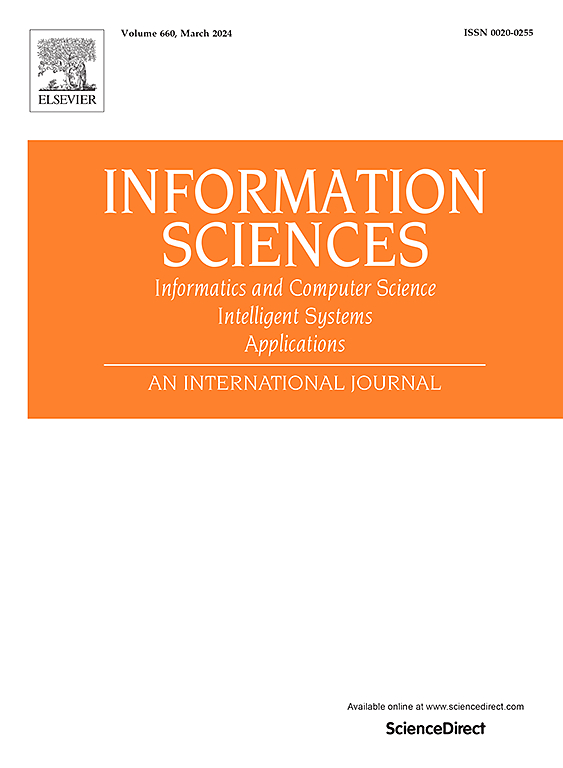基于信息最大化的高斯混合自编码器深度无监督聚类
IF 6.8
1区 计算机科学
0 COMPUTER SCIENCE, INFORMATION SYSTEMS
引用次数: 0
摘要
聚类在数据挖掘和机器学习中得到了广泛的研究,在各个领域都有大量的应用。本文提出了高斯混合自编码器(GMAE),这是一种将概率自编码器(AE)与高斯混合模型(GMM)相结合的深度聚类方法。GMAE训练GMM来模拟声发射的潜在表示分布,并通过最小化基于KL散度的损失进一步正则化聚合后验分布。为了防止退化解和提高聚类性能,在模型中引入了负互信息损失。此外,设计了一套策略,包括初始化方法、调整损失函数和交替迭代方法,以有效地优化损失函数。除了聚类之外,GMAE可以为任何目标聚类生成多样化的、真实的样本,因为它训练了一个具有重构损失的解码器,并采用GMM对潜在表示分布进行正则化。在五个跨领域基准测试上的实验证明了优于最先进的聚类方法的性能。本文章由计算机程序翻译,如有差异,请以英文原文为准。
Deep unsupervised clustering by information maximization on Gaussian mixture autoencoders
Clustering has been extensively studied in data mining and machine learning, with numerous applications across domains. In this paper, we propose the Gaussian Mixture Autoencoder (GMAE), a deep clustering method that integrates a probabilistic Autoencoder (AE) with a Gaussian Mixture Model (GMM). GMAE trains the GMM to model the latent representation distribution of the AE and further regularizes the aggregated posterior distribution by minimizing a KL divergence-based loss. To prevent degenerate solutions and enhance clustering performance, a negative mutual information loss is introduced in the model. Additionally, a package of strategies, including an initialization method, an adjusted loss function and an alternating iterative method, is designed to optimize the loss function effectively. Beyond clustering, GMAE can generate diverse, realistic samples for any target cluster, as it trains a decoder with reconstruction loss and adopts the GMM to regularize the latent representation distribution. Experiments on five cross-domain benchmarks demonstrate superior performance over state-of-the-art clustering methods.
求助全文
通过发布文献求助,成功后即可免费获取论文全文。
去求助
来源期刊

Information Sciences
工程技术-计算机:信息系统
CiteScore
14.00
自引率
17.30%
发文量
1322
审稿时长
10.4 months
期刊介绍:
Informatics and Computer Science Intelligent Systems Applications is an esteemed international journal that focuses on publishing original and creative research findings in the field of information sciences. We also feature a limited number of timely tutorial and surveying contributions.
Our journal aims to cater to a diverse audience, including researchers, developers, managers, strategic planners, graduate students, and anyone interested in staying up-to-date with cutting-edge research in information science, knowledge engineering, and intelligent systems. While readers are expected to share a common interest in information science, they come from varying backgrounds such as engineering, mathematics, statistics, physics, computer science, cell biology, molecular biology, management science, cognitive science, neurobiology, behavioral sciences, and biochemistry.
 求助内容:
求助内容: 应助结果提醒方式:
应助结果提醒方式:


